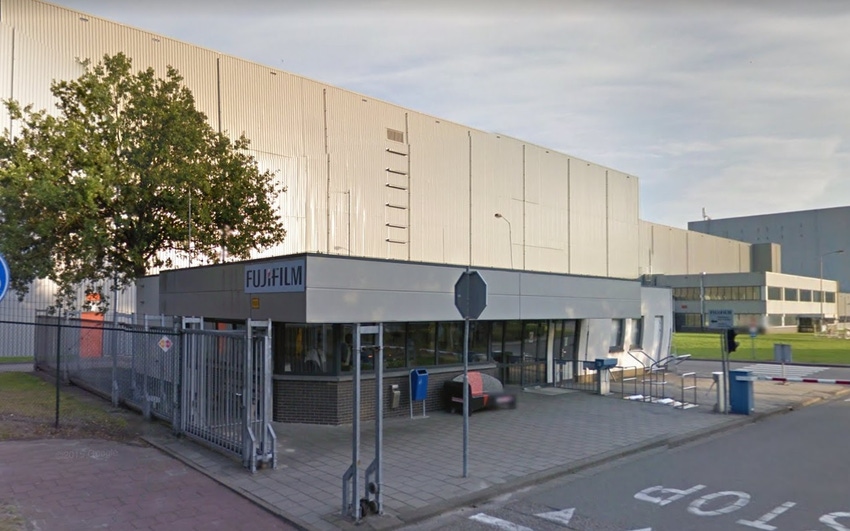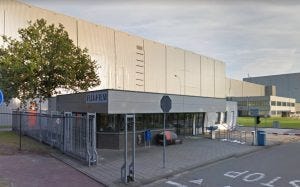Content Spotlight
Podcast: MilliporeSigma says education vital to creating unbreakable chain for sustainability
MilliporeSigma discusses the importance of people, education, and the benefits of embracing discomfort to bolster sustainability efforts.

Fujifilm Irvine Scientific says a third facility at its Tilburg site will help meet future demand for cell culture media from biomanufacturers.
Plans have been laid for a 250,000 square-foot building at Fujifilm’s site in Tilburg, The Netherlands to produce a range of media for the biomanufacturing space. When operations begin – expected late 2021 – the plant will increase Fujifilm Irvine Scientific’s production capacity by 320,000 Kg per year for dry powder, and 470,000 L per year for liquids.
The expansion represents an investment of approximately $30 million (€26.5 million), Yutaka Yamaguchi, CEO of Fujifilm Irvine Scientific, told Bioprocess Insider. “We are currently developing the plan for infrastructure and staffing of the facility.”

Image: Fujifilm Manufacturing Europe B.V. site in Tilburg, The Netherlands. Image: Google
He added the need for more capacity comes from both the biopharmaceutical and cell and gene therapy markets, which are growing at a fast pace. While Fujifilm is not currently running at full capacity across its media network, it is “expanding to meet future forecasts as well as providing the best service possible to [its] customers,” he said.
Fujifilm Corporation entered the cell culture media space in 2017 through its acquisition of Wako Pure Chemical. In 2018 the firm acquired Irvine Scientific (ISUS) and IS Japan (ISJ) for US$800 million (€708 million) from fellow Japanese-headquartered firm JXTG Nippon Oil & Energy Corporation.
Along with the site in Tilburg, the firm has a site in Japan, and in Santa Ana, California. According to Yamaguchi, the current capacity for dry powder is more than 1,000,000 Kg per year.
Fujilfilm’s media network offers animal component-free, dry powder media, liquid media, and downstream bioprocessing liquids for biomanufacturing and cell and gene therapy functions. We asked Yamaguchi to explain the differences:
Animal component-free products are manufactured with raw materials that do not contain any animal- or human-derived products to the tertiary level and are manufactured using equipment that does not come in contact with any animal or human products. The raw material handling, storage and final product manufacture and packaging are performed in dedicated human- and animal-component free facilities and equipment. This mitigates the risk of adventitious agents in the media.
Dry powder media is the most common form used for moving beyond phase 2 or 3 clinical trials to commercial production. It requires hydration and mixing before use.
Liquid media is more convenient but becomes impractical at commercial scale. It is commonly used in early phases of development, scale-up and phase 2 or 3.
Bioprocessing liquids and buffers are used throughout the process including for cleaning, equilibrating pH, conditioning etc.
You May Also Like